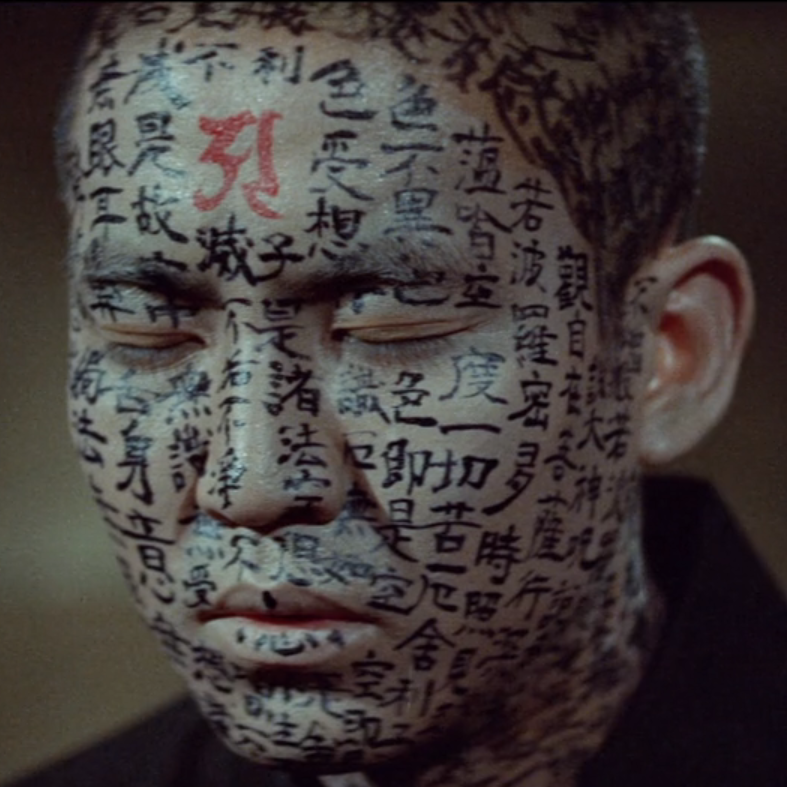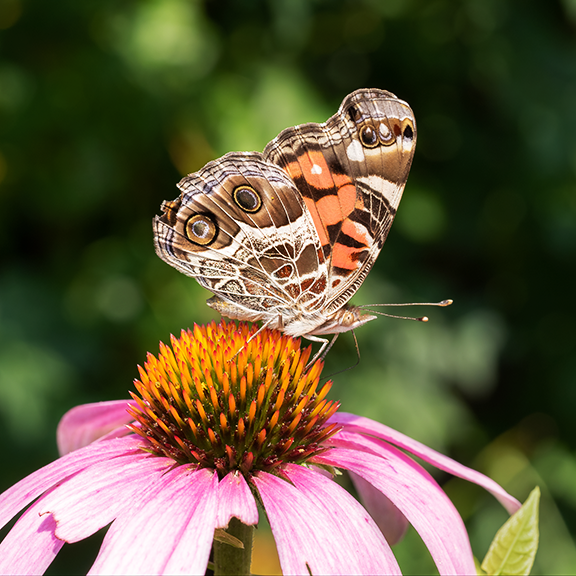

I haven’t tested/verified this myself but I’ve heard that mycelium grows particularly well on millet and rye berries. Might be a couple to add into your experimenting.


I haven’t tested/verified this myself but I’ve heard that mycelium grows particularly well on millet and rye berries. Might be a couple to add into your experimenting.


Where I’m at, we’re actually getting a decent amount of solar, but unfortunately the power district is building the solar fields over some remnant tallgrass prairie, probably since it’s cheaper than buying agricultural or residential land. This sucks since we’ve destroyed 98% of all the tallgrass prairie in the US, which makes it one of the most endangered biomes in the world, which is extra sucky since tallgrass prairie is one the most effective biomes at sequestering carbon, much more than even forests/woodlands.


Yes, most wasp species are good pollinators since adults are generally nectar feeders. They’re not as efficient as bees since they’re not as hairy, but they pollinate a lot nonetheless. Some wasps are actually specialist pollinators for certain plants (see figs and fig wasps). Wasps also serve other important roles, including population control for other arthropods since they hunt and parasitize them.
Wasps are also generally very non-aggressive. Hornets, yellowjackets, and paper wasps give the rest of the wasps a bad name, but a large amount of wasps can’t even sting, and another very large amount can sting but are very non-aggresive (solitary hunting wasps are a good example of this). I’d say even paper wasps are really non-aggressive unless you get too close to the nest, and they just tend to make their nests close to where people often go near.


I’ve been trying to get a photo of this wasp for a while. Glad I finally got lucky enough for it to stay still for a bit.


Amazing. Any ideas on fungal species? Maybe Beauveria?


Insect was inside a decayed hardwood log. Unsure of insect species but IIRC tenuipes usually attacks Lepidopterans
deleted by creator


May have triple posted this due to some issues on KBin, I tried deleting the other two.
One of the eastern North American Destroying Angel species. Found on a ridge in a hickory-oak woodland in southeast Nebraska.
We’ve got a vegetable garden going with tomatoes, pepper, kale, cabbage, onions, and eggplants.
Also got a new pollinator garden bed started this year with Butterfly milkweed, a few different species of aster, sunflowers, blanket flower, rattlesnake master, goldenrod, purple prairie clover, Mexican hat coneflower, and some blazing star. Also scattered some sage and prairie clover seeds in a few other spots on our property. I’ve been sitting out documenting the various wasps and bees that visit us. We’re also planning on harvesting seeds from stuff and giving them away/starting plants from them next spring to give away.
Got some logs from our neighbors that I’ll drill some holes in for the mason bees.
We’ve got some old furniture that we don’t want anymore that I’m trying to touch up a bit before giving it away to a local charity that gives people coming out of the foster system stuff like furniture and appliances to help them land on their feet.


They probably have a wall outside the garage door.
In my experience, with both coding and natural sciences, a slightly incorrect answer that you attempt to apply, realize is wrong in some way during initial testing/analysis, then you tweak until it’s correct, is very useful, especially compared to not receiving any answer or being ridiculed by internet randos.
Nearest tree was a spruce of some sort, with a blue spruce and a couple linden trees also relatively nearby. Thinking Hortiboletus rubellus or Boletus harrisonii, but very unsure.
Didn’t use a tripod so I didn’t get the same angle/framing. Found near some burr oaks in a hardwood woodland in eastern Nebraska. UV is 365nm wavelength


My path to becoming interested in native plant gardening probably started with me getting interested in mycology. I got super interested in the ecology of fungi and how they interact with the environment/ecosystem, which eventually got me thinking more about how other things like plants interact with the natural world around them, which led me to bring interested in native plants since they’re integral to the local ecosystem.
tips fedora “k’bin”
(I say kaybin)
This is hypothesized as to how they began, but back then they wouldn’t have used turf grass, the just cut down the trees and kept vegetation low. It was an entirely tactical use though. Then it’s believed that the concept at some point started morphing more into a sign of prestige and initially would have primarily consisted of low growing vegetation like thyme. Then of course eventually turf grass was introduced and the concept migrated around to various parts of the world. It was considered a sign of prestige since it was a lot of manual work and it generally meant you had to be able to afford a groundscrew to keep it consistently maintained. There was also the fact that you were showing people you didn’t need to use your own land for food production.
Then some time in the mid-1800s, rudimentary push mowers were invented and it began to become more accessible. By the mid-1900s almost every new American housing development had a lawn since the technology had become advanced and accessible enough for any middle or working class family to maintain a lawn on their own. This was also influenced by marketing and suburbanization.
So while it is believed the concept of a “lawn” started as a tactical defense mechanism, the modern concept is more closely and directly related to the rich/nobility using them as a status symbol. IMO they’re clearly still used as status symbols since it’s exceptionally common for people to judge others for how pristine their turf grass lawn is maintained. I’ve even recently had someone mention to me that they know how to tell who the trash is in the neighborhood based on their lawn. I know they’re also used for recreation, but that can even be considered as part of the status symbol aspect as a poor person might not have a lawn and would have to go to the park with the other lawnless riffraff for their recreation.
Another viable option isn’t to completely convert lawn but just make one or a few native plant beds . If you aren’t willing to give up the lawn completely, you could still convert smaller portions of it.
Also sneks aren’t that bad.
Good job at least trying to do something. My current city and previous home city have finally started doing more native plantings and my current local city’s uni has started up a significant prairie restoration project right outside the city. There are also a few small prairie restorations going on inside city limits mostly in the burbs where there’s space but I can’t seem to find out what org is running them.


Check with your local native plant societies. They may be willing to advertise your stock to their members or let you set a booth up at events. You could try Nextdoor or Facebook as well. If you or someone you know is planning a garage/yard sale, set up a table with your plants there.
Didn’t read the whole article, but the whole thing reads as very anthropocentric to me. It seems that the entire discussion is around human/Native relationships to trees and whether we’ve grieved/learned our lesson enough. Which put humans entirely at the center of the narrative, when the narrative should primarily be around the tree’s ecological relationships to all of nature. Hell, the article even mentions moth species that have gone extinct due to the downfall of the tree but fails to recognize that maybe humans shouldn’t be the center or the universe in this narrative.